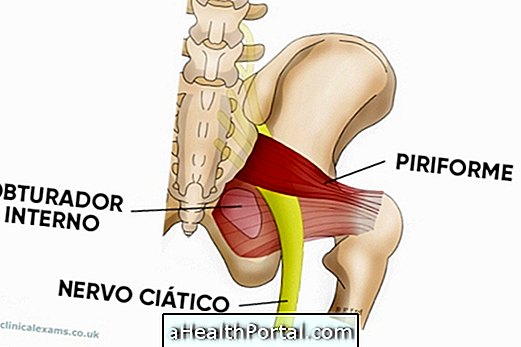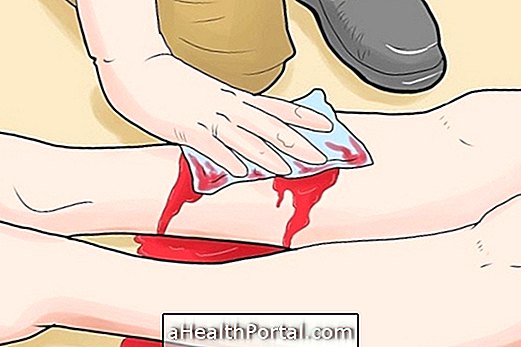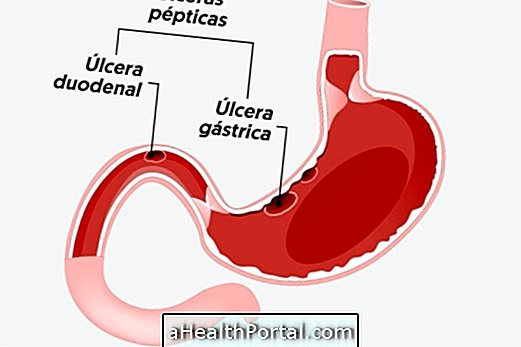Piriformis syndrome is a rare condition where the person presents the sciatic nerve passing through the fibers of the piriformis muscle that is located in the buttock. In these people the sciatic nerve becomes inflamed because it is pressed because the nerve is constantly pressed due to its anatomical location.
When the person who has pyriform syndrome has the inflamed sciatic nerve, it is common to have intense pain in the right leg because this is usually the most affected side, in addition to pain in the buttock.

Signals and symptons
The best way to know if a person has Piriformis syndrome is to do an examination such as MRI, CT or ultrasound, for example. However, the characteristics of sciatica in people with this syndrome are more characterized by:
- Pain in the form of a stitch, stabbing, burning sensation or tingling in the gluteus or behind the thigh;
- There may be pain in the side of the leg and upper part of the foot;
- The pain worsens as you sit and cross your leg;
- The first crisis may arise in pregnancy due to the increase in weight and size of the belly;
- It is common for a person to be limping during a sciatic crisis;
- Symptoms such as leg weakness, and numbness in the buttock or leg may be present.
Watch the video to learn how to recognize and cure sciatica:

In some people the test indicated at the beginning of this video may be negative, but if the person lies on their belly down, bend their knees and push their feet apart, pain may arise, indicating that the person is most likely to have the pyriformis syndrome.
Some situations that may favor sciatica in these people include the increase of the piriformis muscle due to the practice of buttocks exercises, contracture of the gluteus, seated fall or traffic accident, for example, that leads to a blow in the region of the buttocks generating a hematoma and which compresses the sciatic nerve.
How is the treatment done?
It is not possible to change the path of the sciatic nerve because the surgery generates large scars on the gluteus and they cause adhesions that can cause the symptoms to remain. In this case, whenever the person presents sciatica, the treatment must be done in order to lengthen and decrease the tension of the piriformis muscle.
Physical therapy sessions are a great treatment option to decrease pain and discomfort, and are usually very effective. Thus, for treatment it may be useful:
- Do deep massage: Sit on a chair putting a tennis ball or ping pong ball on the aching buttock and use your body weight to move the ball to the sides and back and forth;
- Do stretching exercises that I show in the video above, at 1:35 minutes, two to three times a day, every day;
- The myofascial release technique, which may include sluggish massage, can cause pain and discomfort, but also brings great relief of symptoms in the days to come;
- Put warm water bag at the pain site;
- The orthopaedist may indicate taking medications such as Ibuprofen or Naproxen.
If there is no relief from the symptoms with these treatments and if the pain is intense the doctor may still recommend an injection of anesthetic and corticosteroid.




















.php)

